Learn something new about Norway’s Nordic sibling Iceland, the land of fire and ice.
Continuing our tour of Scandinavia and the Nordic region, it’s time to shine the spotlight on Iceland. This volcanic island in the north Atlantic is a land of contrasts.
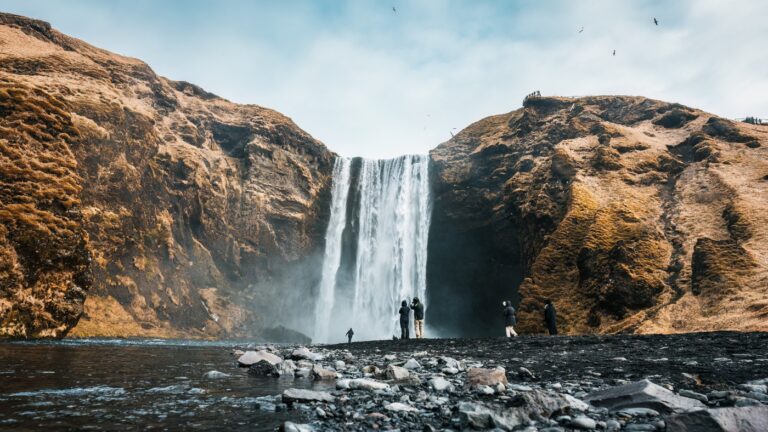
Expect steaming hot springs and ancient glaciers, midnight sun and winter darkness, fierce weather and serene landscapes. It’s no wonder Iceland has captured the imagination of travellers, filmmakers, and photographers around the world.
Despite its remote location and relatively small population, Iceland punches well above its weight when it comes to natural beauty and cultural quirks.
From lava fields and waterfalls to northern lights and friendly locals, it’s a destination that feels both wild and welcoming.
I’ve only visited once, and just for a few days, but that was enough to see why so many people fall in love with the place. The landscapes are every bit as striking as Norway’s, and in some cases, even more otherworldly.
Whether you’ve already been or are just curious about the country, here are some fun facts you may or may not know about this fascinating corner of the Nordic world. Enjoy!
1. Iceland’s Population is Smaller Than Arlington, Texas
Iceland’s population is just under 390,000 as of early 2025, according to the latest figures from Statistics Iceland. That means the entire country has fewer residents than Arlington, Texas, a single city in the United States with a population of around 400,000.
The number of foreign citizens living in Iceland continues to rise. As of the first quarter of 2025, 17.4% of the population were foreign nationals. That percentage grows to about 18.2% when including Icelandic citizens born abroad.
People born in Poland remain the largest immigrant group in Iceland, making up more than 20,000 of the population.
2. More Than 60% of Iceland’s Residents Live in Reykjavík
As of early 2025, around 249,000 people live in Iceland’s capital region, a cluster of seven municipalities including Reykjavík itself. That means roughly 64% of the country’s total population is concentrated in a single metropolitan area.
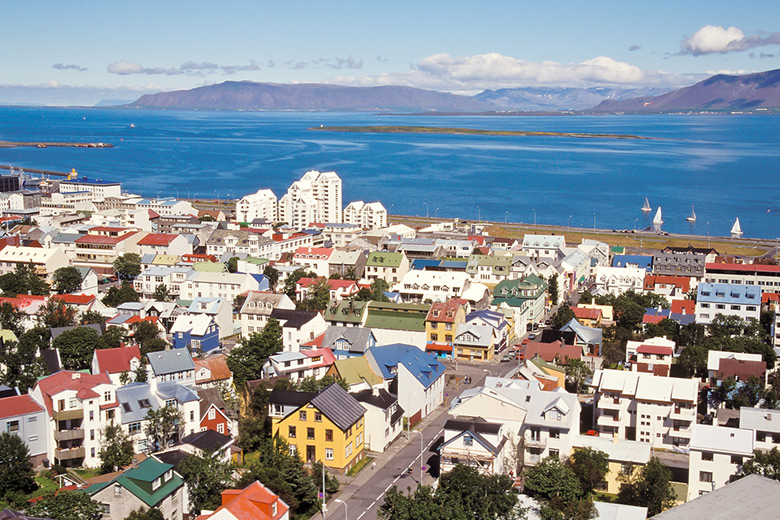
Reykjavík is by far the largest city in Iceland, home to about 139,000 people. The next most populous towns are Kópavogur, with around 40,000 residents, and Hafnarfjörður, with about 31,500.
Both of these are also part of the greater capital region, which remains the political, cultural, and economic heart of the country.
3. People Have Lived in Iceland for About 1,200 Years
Iceland was permanently settled in the late 9th century, traditionally in 874 AD, when Norse chieftain Ingólfur Arnarson established a homestead in what is now Reykjavík.
While some evidence suggests earlier visits by Irish or Scottish monks, it was the Norse settlers who formed the island’s first lasting communities and laid the foundations for Icelandic culture.
4. Iceland Uses a Patronymic Naming System
There are no family names in Iceland. A patronymic naming system used to be the norm throughout the Nordic region, but now just Iceland adopts it. Patronymic means that a person's name is based on the name of their parents.
This why an Icelander's name will almost always end in -son (son of) or -dóttir (daughter of).
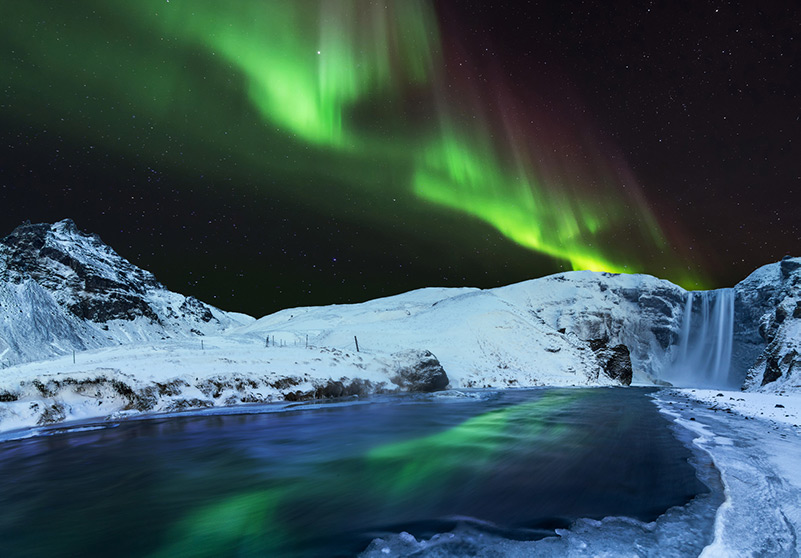
Because Icelanders use patronymic or matronymic names, Icelandic phone directories are alphabetised by first name. Everyone is on a first-name basis in Iceland, even with politicians and the president!
5. Your Name Must Be Approved
In Iceland, you can’t just name your child anything you like. The country has a Naming Committee that maintains a list of approved first names and oversees all name-related requests. If a name isn’t already on the list, parents must apply for permission to use it.
The committee checks that the name fits Icelandic grammar and spelling rules, can be declined according to Icelandic linguistic structure, and won’t cause the child harm or embarrassment.
This process has led to some surprising decisions. In 2025, names like Beth and Dawn were approved, while others—including Hel—were rejected for not aligning with cultural or linguistic standards.
The rules apply equally to Icelanders and foreign residents, making it a unique part of Icelandic society that helps preserve the language and naming traditions. By the way, did you know there are banned names in Norway too?
6. The Country Has More Than 100 Volcanoes
Iceland’s fiery geology is no secret. The island sits atop the Mid-Atlantic Ridge, where two tectonic plates are slowly drifting apart.
This makes Iceland one of the most volcanically active places on Earth, with more than 100 volcanoes scattered across its landscape. Many of these are still active, and new eruptions occur regularly.
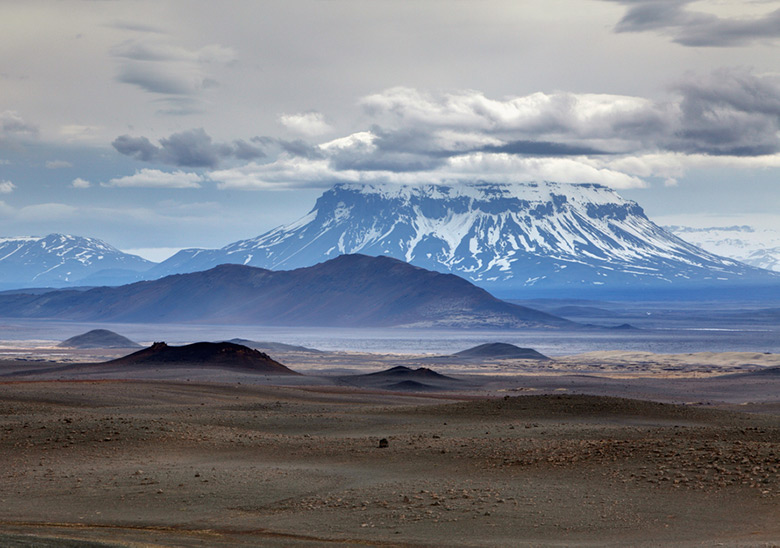
While the 2010 eruption of Eyjafjallajökull is still remembered for grounding flights across Europe, more recent activity has been centred on the Reykjanes Peninsula, near the capital.
After centuries of dormancy, the area reawakened in 2021 with a spectacular eruption at Fagradalsfjall. Since then, several more eruptions have occurred, including ongoing activity near the town of Grindavík.
These eruptions have forced evacuations, disrupted access to the popular Blue Lagoon spa, and turned parts of the landscape into fresh lava fields, but they’ve also drawn curious tourists and fascinated scientists.
7. 11% of Iceland Consists of Glaciers
So with all the volcanic activity, how can the country be called the land of fire and ice? It's simple! Around 11% of the country is covered by glaciers.
The glaciers of Iceland are stunning on their own. But combined with the lava fields and waterfalls, they make up truly stunning landscapes that you won't find anywhere else.
8. Iceland Has Its Own Fjords
The fjords aren’t just for Norway! More than 100 fjords carve into Iceland’s rugged coastline, clustered mainly in two regions: the remote Westfjords in the northwest and the dramatic Eastfjords.
Both areas offer quiet fishing villages, steep mountains, and winding coastal roads that reveal Iceland at its most peaceful and untouched.
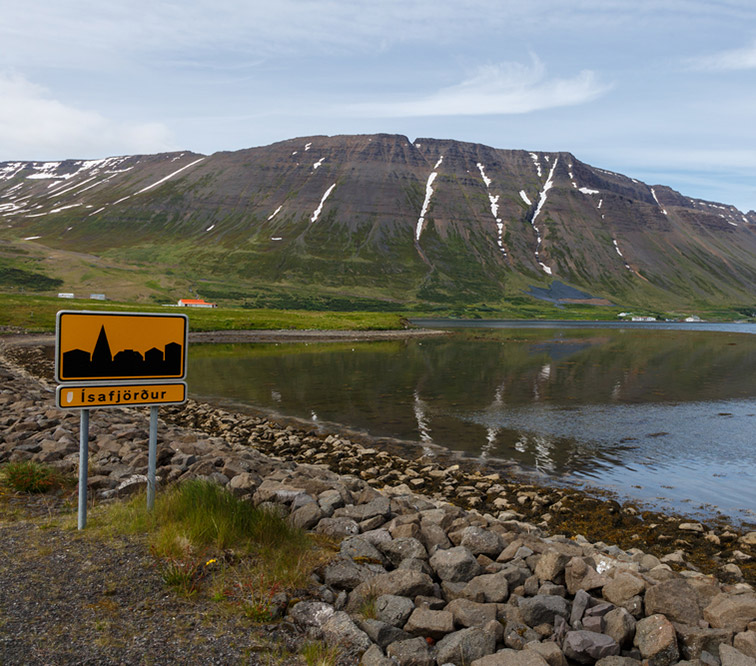
Ísafjörður, the largest town in the Westfjords, makes an excellent base for exploring this region. I visited the Westfjords a few years ago and took plenty of photos. It’s a breathtaking corner of the country that many travellers overlook.
9. Europe's First Parliament
Thingvellir National Park is home to the site of Europe’s first parliament, the Althing, established around the year 930.
Each summer, representatives from across the island gathered in this natural amphitheatre to pass laws and settle disputes in the open air. It continued to meet until 1798.
Today, Thingvellir is a UNESCO World Heritage Site and a key stop on the Golden Circle tourist route.
10. There Are No McDonald's in Iceland
Yes, really! This Iceland fact is so unusual that Reykjavík is actually the only capital city in western Europe without a McDonald's franchise.
Yet this nearly wasn't the case. The American fast food franchise once operated four locations in Iceland, but the last one closed in 2009.
11. Iceland Marks a Physical Boundary Between America and Europe
The country is one of the world's only places where the effects of two major tectonic plates drifting apart can easily seen on land. Welcome to the Mid-Atlantic Ridge!
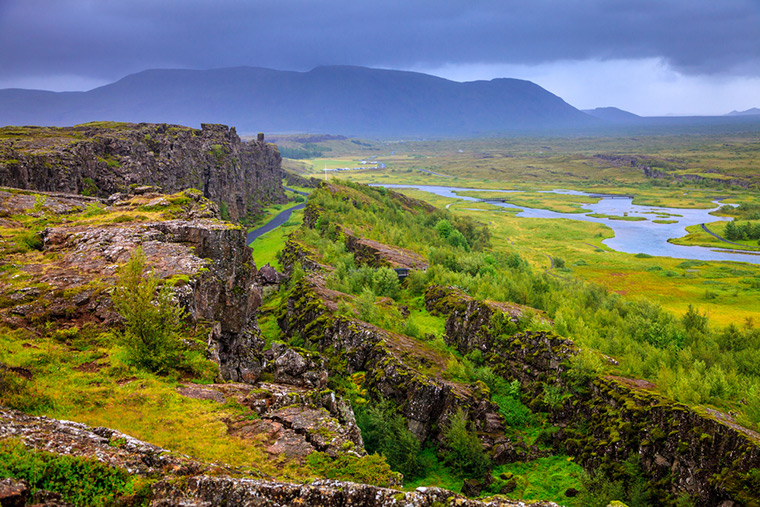
At Thingvellir National Park, the North American and Eurasian tectonic plates meet. Or in actual fact, they move away from each other by a couple of centimetres each year.
12. Iceland isn't an EU member, but…
…as with Norway, it is closely linked to the EU through the European Free Trade Association (EFTA) and European Economic Area (EEA) agreement. Iceland is also a member of the Schengen Area.
Iceland's participation in these mechanisms allows free movement of people between Iceland and the rest of the Schengen Area. Thousands of Icelandic citizens travel to, work or study in the EU each year. Of the foreign citizens living in Iceland, a large majority come from the EU.
13. Iceland Has No Standing Army
Iceland is the only NATO member without a standing army, navy, or air force. Instead, national defence is handled by a militarised coastguard, an air defence system, and international partnerships.
The Icelandic Coast Guard patrols the country’s waters, manages search and rescue operations, and oversees radar stations that monitor Icelandic airspace. Allied NATO jets are regularly deployed to police the skies as part of a rotational air policing agreement.
Iceland also maintains a small peacekeeping unit known as the Icelandic Crisis Response Unit (ICRU), which sends unarmed personnel on international missions under the UN or NATO.
Meanwhile, a police tactical team, often called the “Viking Squad”, is trained to handle serious threats at home.
Despite its lack of a formal military, Iceland continues to play an active role in global security through cooperation, surveillance, and civilian deployments.
14. Iceland Has Its Own Currency
Iceland does not use the Euro. Instead, it retains the Icelandic króna (ISK), giving the country full control over its monetary policy.
As a member of the European Economic Area but not the EU, Iceland has chosen to remain outside the Eurozone, allowing its central bank to adjust interest rates and respond to domestic economic conditions.
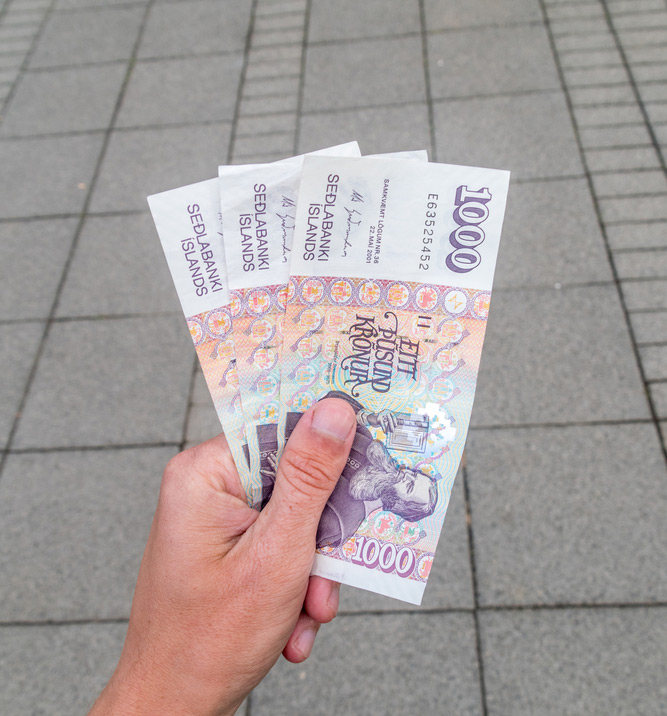
This makes Iceland one of the smallest countries in the world—second only to the Seychelles—to manage its own currency. While the króna offers flexibility, it’s also prone to volatility, as seen during the 2008 financial crisis.
15. The Country Celebrates Beer Day
Thanks to a 1908 referendum, beer was banned in Iceland from 1915 to 1989. Now it's the most popular alcoholic drink in the country! So much so that on the first of March every year, the country celebrates Beer Day.
Craft beer is crazy popular in Iceland. One brewery uses purely geothermal energy to power its brewing process, while another uses bilberries in a refreshing summer ale. Cheers!
16. Iceland Runs Almost Entirely on Renewable Energy
Iceland is a global leader in renewable energy. Almost 100% of its electricity comes from renewable sources, primarily hydropower and geothermal energy.
The island’s volcanic geology makes it one of the few countries that can tap into geothermal heat on such a scale, powering homes, greenhouses, and even spas like the famous Blue Lagoon.
17. Icelanders Believe in Elves… Sort Of
According to various surveys over the years, a notable proportion of Icelanders are open to the existence of “huldufólk,” or hidden people. These are elves, trolls, and other mythical creatures said to live in rocks and hillsides.
So much so, that planned construction projects have occasionally been diverted to avoid disturbing their supposed habitats.
18. Iceland Publishes More Books Per Capita Than Anywhere Else
Iceland is often called a nation of storytellers, and with good reason. It consistently publishes more books per capita than any other country in the world.
In fact, it’s said that one in ten Icelanders will publish a book at some point in their life. That’s a remarkable statistic in a country of fewer than 400,000 people.
The country’s literary tradition stretches back to the medieval sagas, and that passion for words continues today.
Every year in the lead-up to Christmas, Iceland experiences the Jólabókaflóð, or “Christmas Book Flood”, which is a nationwide surge in book releases. Giving and receiving books is a cherished Icelandic Christmas tradition, with many families spending Christmas Eve curled up reading their new gifts.
19. The Icelandic Horse is a Special Breed
Icelandic horses are small, strong, and deeply woven into the country’s history and culture. Brought to the island by Norse settlers over 1,000 years ago, they have remained a pure breed ever since.
To protect them from disease, no other horse breeds are allowed to enter Iceland. If an Icelandic horse is taken abroad, it can never return.
Despite their size, Icelandic horses are hardy and sure-footed, able to handle the country’s rough terrain and harsh weather. They are also famous for their unique fifth gait, the tölt, a smooth and flowing four-beat gait that offers an exceptionally comfortable ride.
Friendly and curious by nature, these horses are a source of national pride and a highlight for many visitors.
20. Iceland Has No Forests… Or Does It?
Iceland was once heavily forested, but Viking settlers chopped most of it down for firewood and grazing land. Today, efforts are being made to reforest the island.
The running joke in Iceland is: “What do you do if you get lost in an Icelandic forest? Stand up.”
If you enjoyed this article, why not share it on Pinterest and spread the word about Iceland’s fascinating quirks? Just click the social sharing buttons to pin it for later.

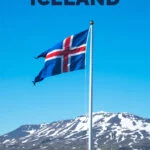

Thank you David for the article. I look forward to all of your posts. This Iceland article is really interesting.
Sheila: Hi David, I missed my visit to Iceland in 2019. Iceland has a woman Prime Minister, US beer introduced by Past President Reagan. It is cheaper to fly to Iceland that any other Scandinavian country. Do like your article of Iceland.
David, thank you so much for this article. Very interesting and fun to read and gives a terrific idea of Iceland. A great small bite of Iceland.